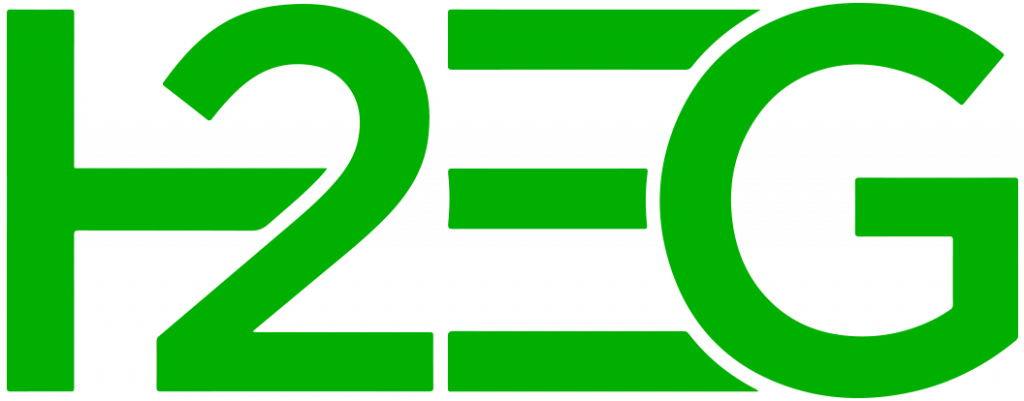
The project builds on a 10kW prototype, supplied by major shareholder Metacon. Pherousa plans to scale the system into 250kW containerised units for sea trials, with class societies DNV and ABS already approving the tech in principle.
Onboard, the system will crack ammonia into hydrogen to feed Pherousa’s PEM fuel cells, generating electricity to propel the vessel.
As part of the initiative, mining giant BHP will link the pilot to the decarbonisation of copper shipments from Chile to China, while shipowner Berge Bulk will provide the host vessel.
Ammonia producers Engie and Mejilones Ammonia Energy (MAE) will supply the required low-carbon fuel for the vessels.
If the trial is successful, Pherousa plans to scale the crackers up to megawatt-capacity, gain type approval, and order an additional six ultramax bulk carriers for delivery in 2030.
The upcoming pilot programme is expected to begin in early 2027.
Shipping accounts for about 3% of global CO₂ emissions, driving interest in alternative fuels such as ammonia.
Its high energy density, liquid storage, and ability to use existing infrastructure make it attractive. But while it can fuel engines, it cannot be used directly in PEM fuel cells without cracking.
The Global Maritime Forum recently said ammonia is nearing proof of concept, with pilot vessels, engine tests, and bunkering trials already underway.
Stay ahead with a H2 View subscription
Gain access to the insights, data, and analysis trusted by hydrogen professionals worldwide.
With a H2 View subscription, you get:
- Unlimited access to 15,000+ articles
- Monthly digital magazine + H2 Review
- Exclusive interviews, webinars and reports
- Expert analysis shaping the hydrogen conversation

